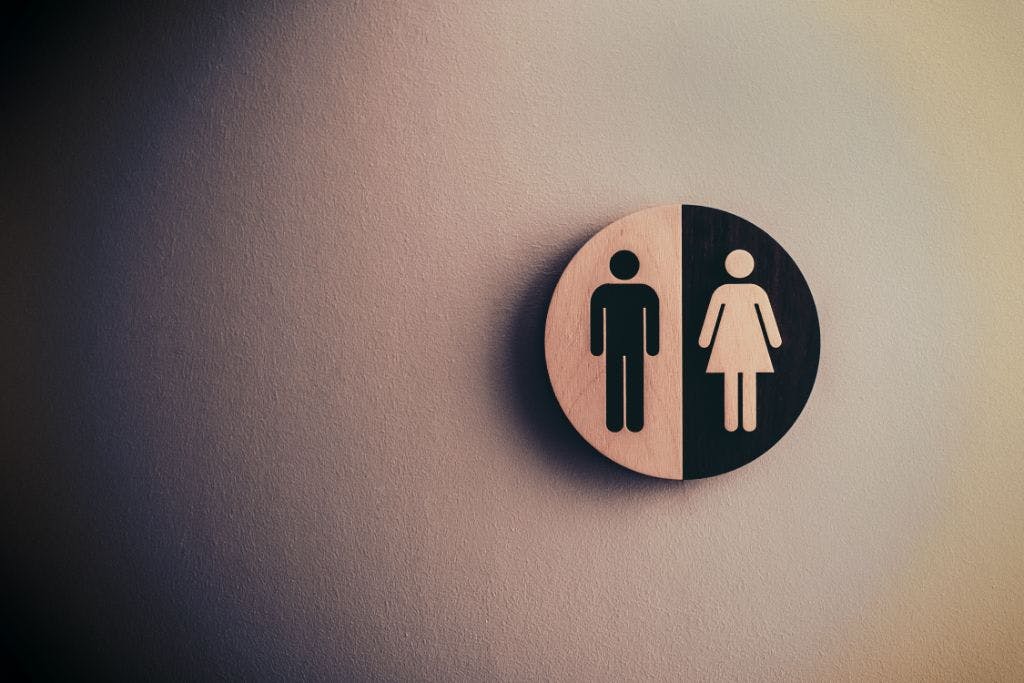First published on Thursday, Jun 04, 2020
Last updated on Wednesday, Jun 19, 2024
Gender discrimination and sex discrimination are exactly the same thing—and we’re going to use both terms in this article.
But what is gender discrimination? And what are the different types? We explain with examples from the workplace.
What is gender discrimination?
Gender discrimination is when you treat an employee unfairly because they are a man or a woman.
For example, advertising a job and saying that it’s more suitable for female applicants.
It’s against the law—specifically the Equality Act—to discriminate against someone based on their sex. You shouldn’t just think of sex discrimination happening to women only. It can happen to men as well, and the law protects them in the same way.
Likewise, a woman can discriminate against another woman because of her gender, just as a man can discriminate against another man.
Gender discrimination doesn’t have to be intentional. It’s not necessarily the only form of discrimination that one person faces either; racial and gender discrimination in the workplace can go hand in hand.
And you shouldn’t confuse it with sexual orientation discrimination, which is when you treat an employee unfairly because they’re heterosexual, gay, lesbian, or bisexual.
What types of sex discrimination are there?
There are four main types of sex discrimination in the workplace:
1. Direct discrimination: When you treat an employee unfavourably because of their sex.
2. Indirect discrimination: When you have a rule, policy or practice that applies to all employees in the same way but disadvantages some because of their sex.
3. Victimisation: When you treat an employee unfairly because they’ve made a complaint about sex discrimination, or they’re supporting someone who has.
4. Harassment: When you engage in unwanted behaviour towards a colleague, related to their sex. Because of this unwanted behaviour, you make them feel upset, humiliated or degraded. Find out more about sexual harassment in our article.
Don’t worry, the different types will become clearer once we go through some examples of sex discrimination in the workplace.
Examples of sex discrimination in the workplace
Direct discrimination
Susan sees a job advert for a ‘salesman’. She’s interested in a sales position but doesn’t apply as she believes the employer only wants male applicants.
It’s direct discrimination to only promote a job to male employees unless there’s a specific reason to. For example, the employer needs a man to play Father Christmas. Susan could take her case to an employment tribunal for direct gender discrimination.
Indirect discrimination
Jennifer works at a call centre. Her employer tells her team that they are changing their shifts to finish at 5pm instead of 3pm. This disadvantages Jennifer as she will no longer be able to collect her children from school.
Jennifer could complain about indirect gender discrimination in this situation. This is because the new policy, where all staff must work until 5pm, means that she can’t pick up her kids. It disadvantages female employees who are their child’s primary carer.
Want to know more about indirect gender discrimination? Read about the police dog test that discriminates against women.
Sexual harassment
A male co-worker joins Maria’s team and starts to make sexual comments and jokes towards her. She complains to her manager, who has a chat with the employee. He stops his behaviour for some time but then continues to say things that make Maria feel uncomfortable.
Maria could claim sexual harassment in this instance, as her male co-worker’s sexual comments are upsetting her. And he doesn’t stop making these comments even after he receives a warning from her manager.
Find out what happened in a recent news story when a female employee filed a sexual harassment lawsuit against Google.
Victimisation
Ben is supporting Anna with her sex discrimination claim by making a statement at her employment tribunal. After his manager finds out, he starts to treat Ben differently and makes him feel uncomfortable at work.
The manager is treating Ben unfairly because he is supporting Anna with her sex discrimination claim. As a result, Ben could make a claim of victimisation to an employment tribunal.
Have a question?
Ask away, we’ve got lightning fast answers for UK business owners and employers powered by qualified experts.










